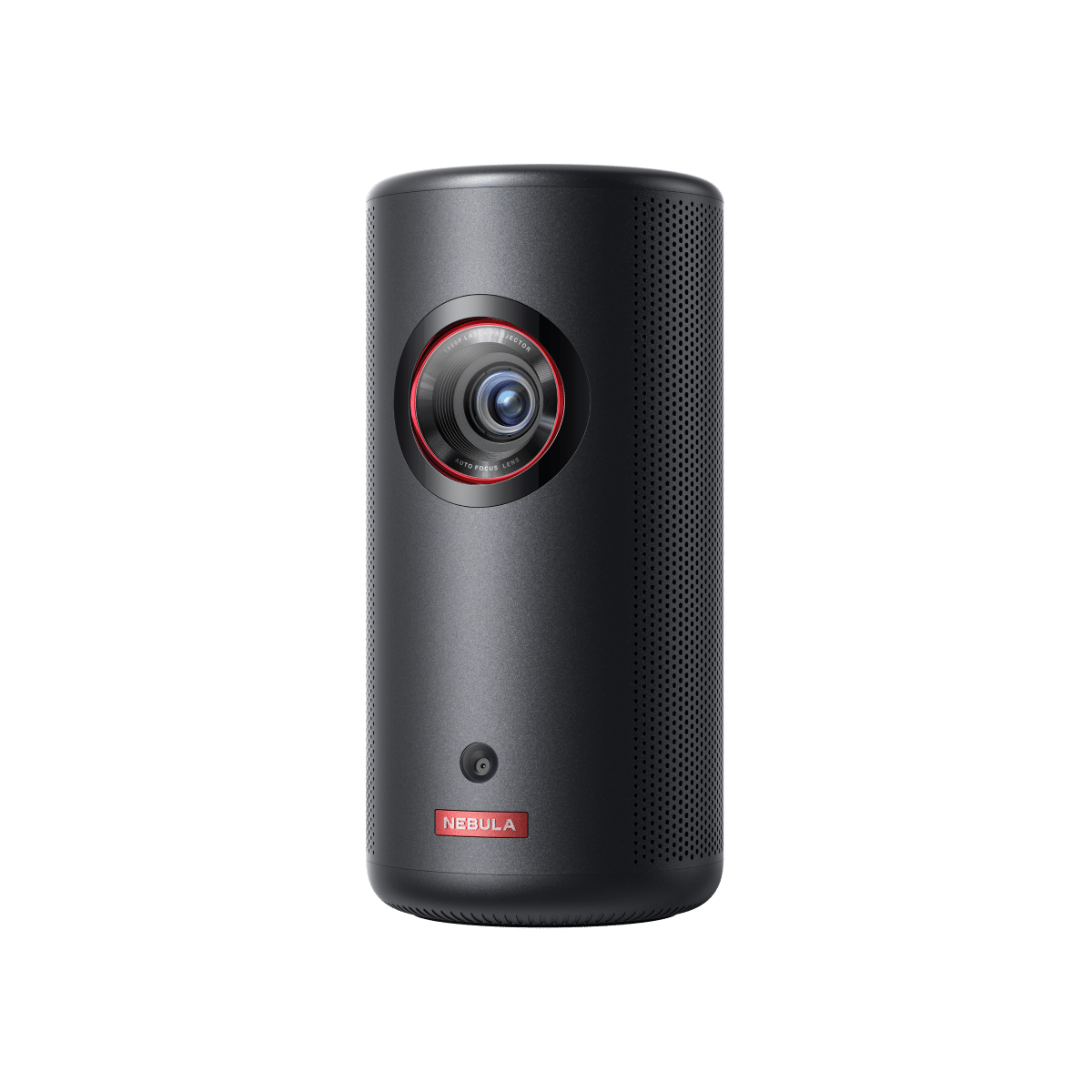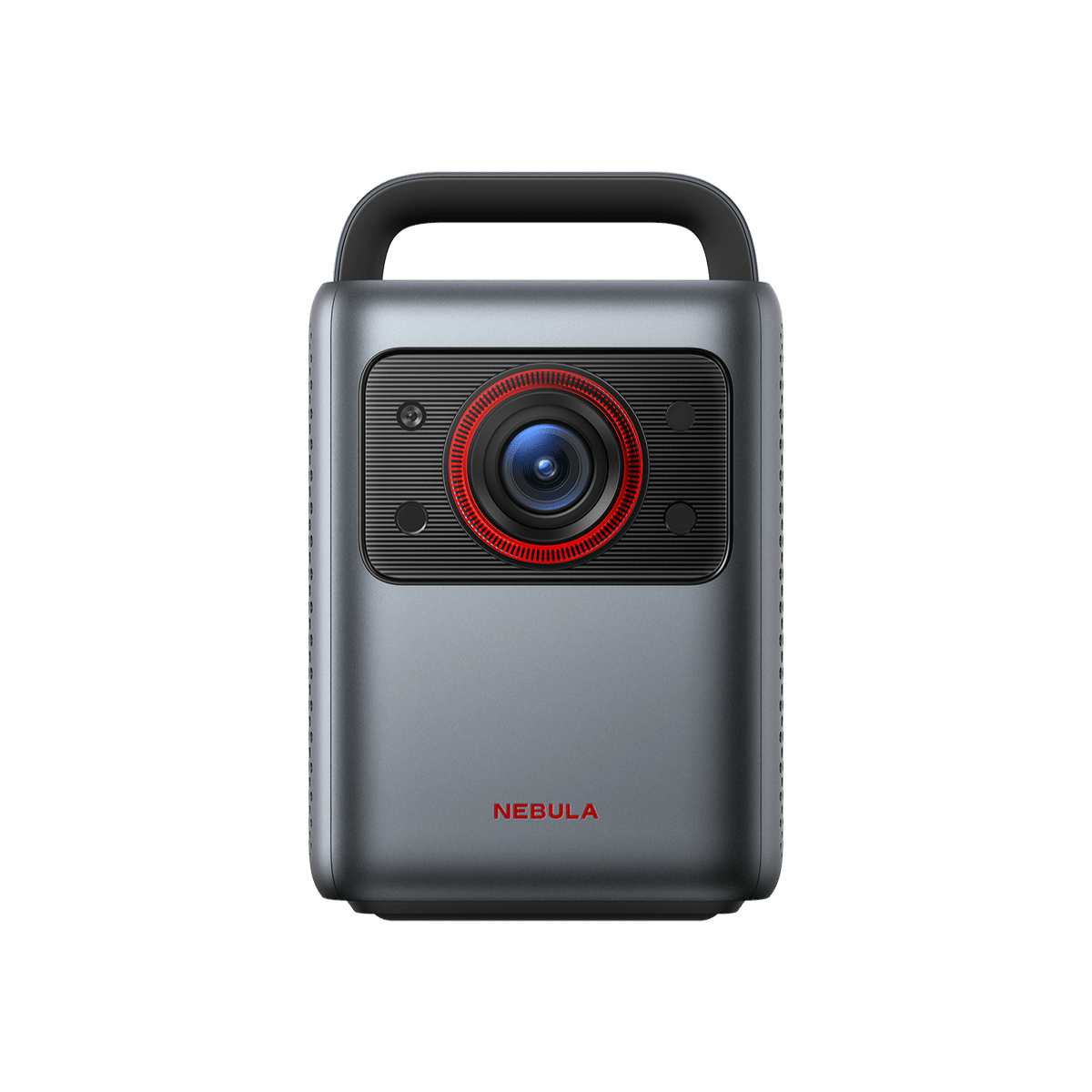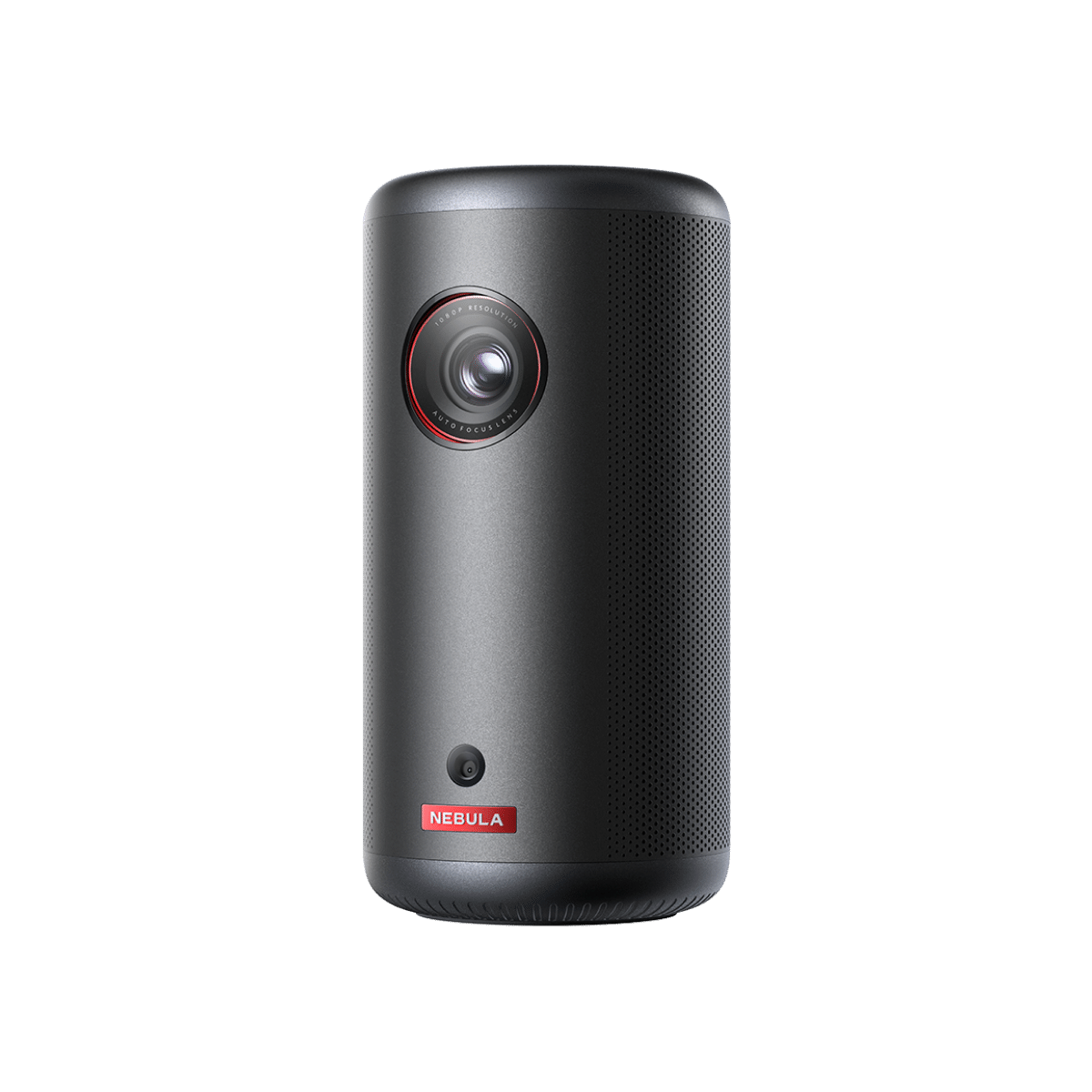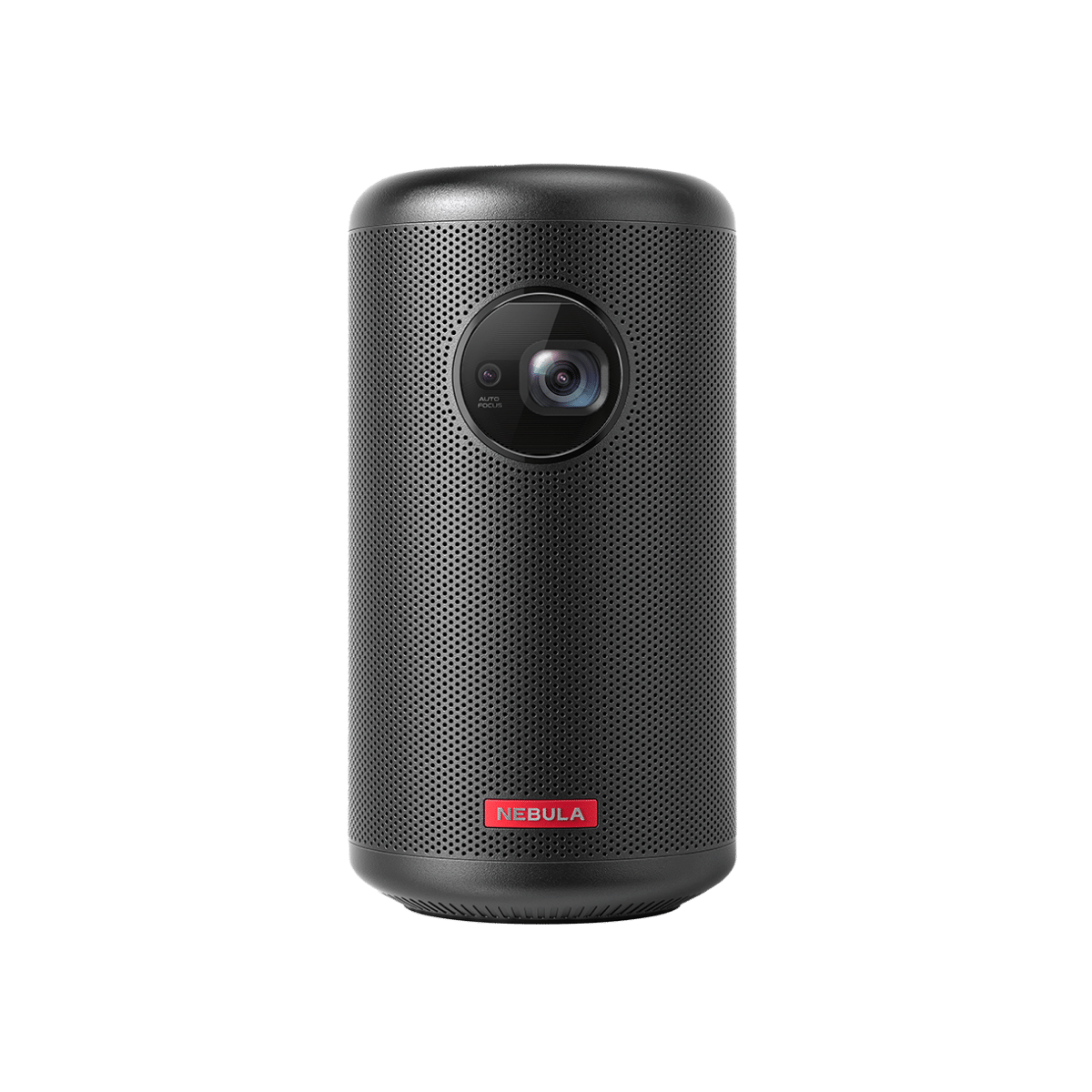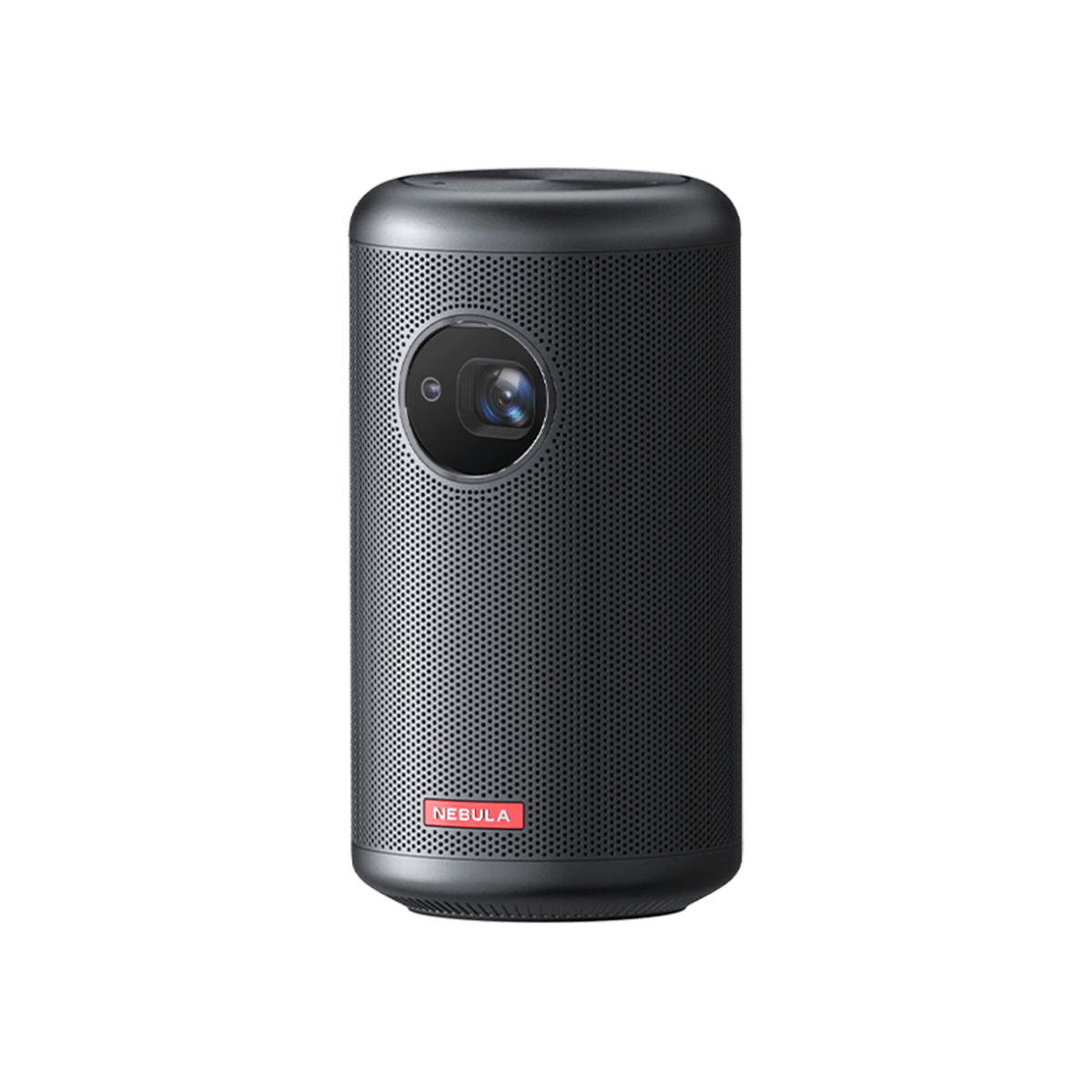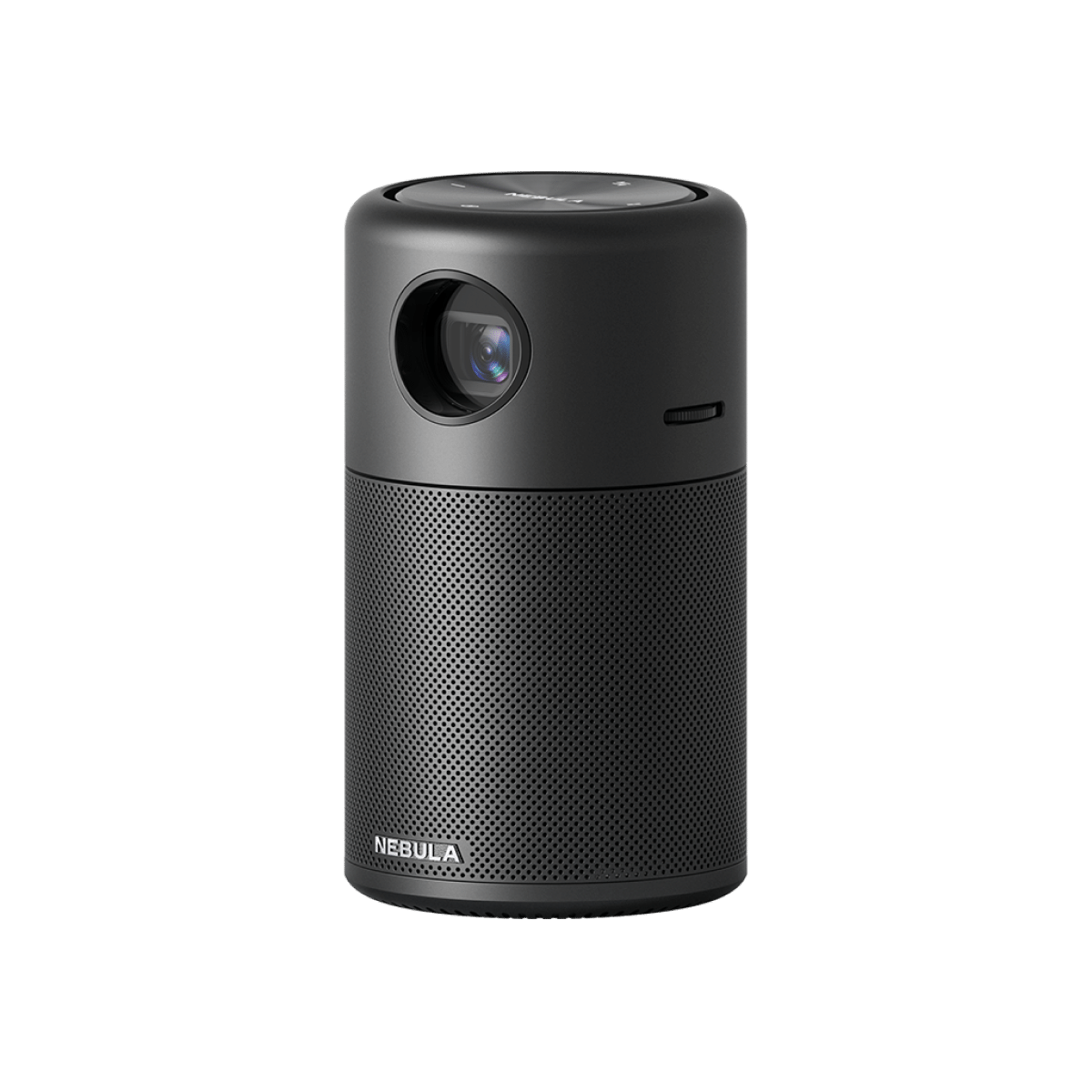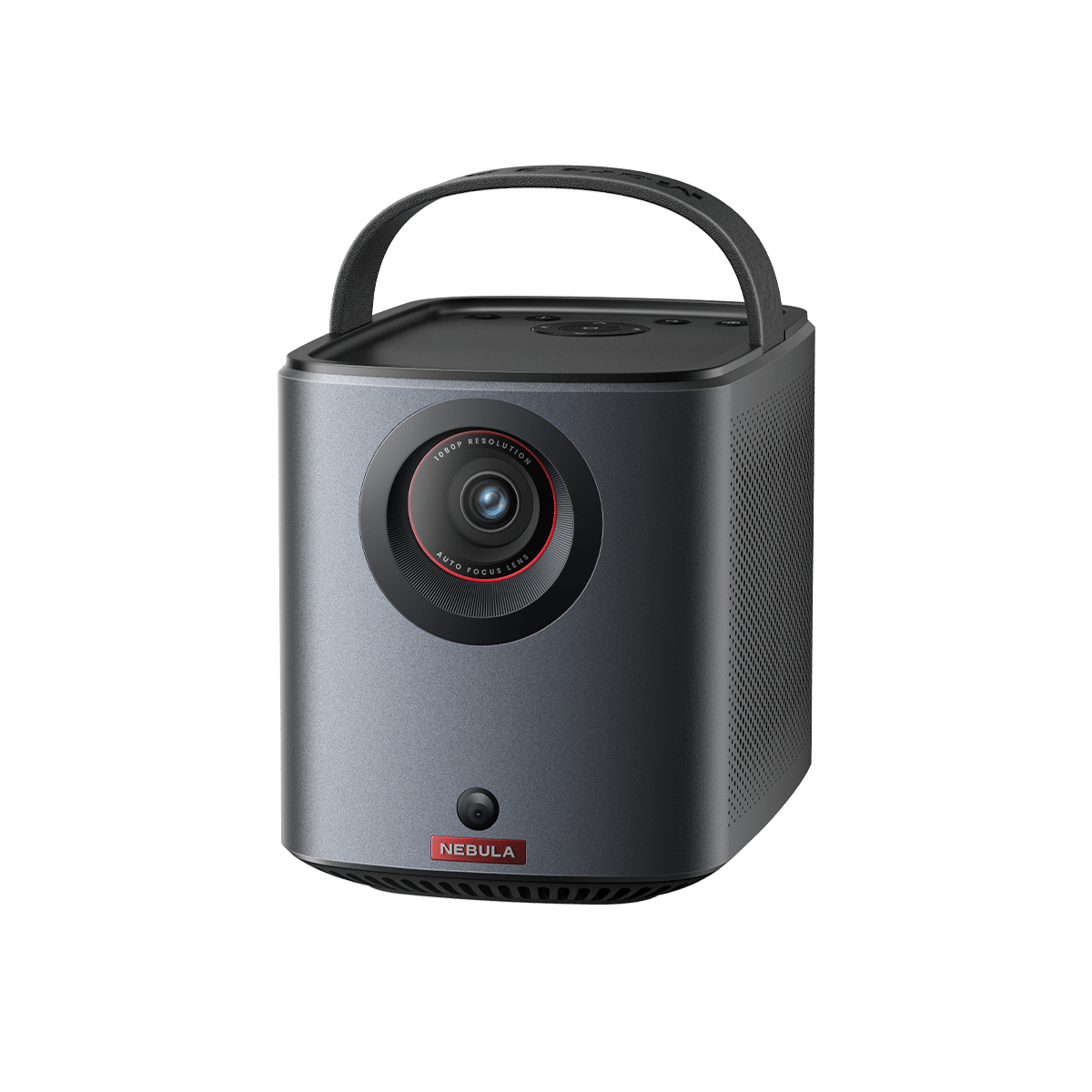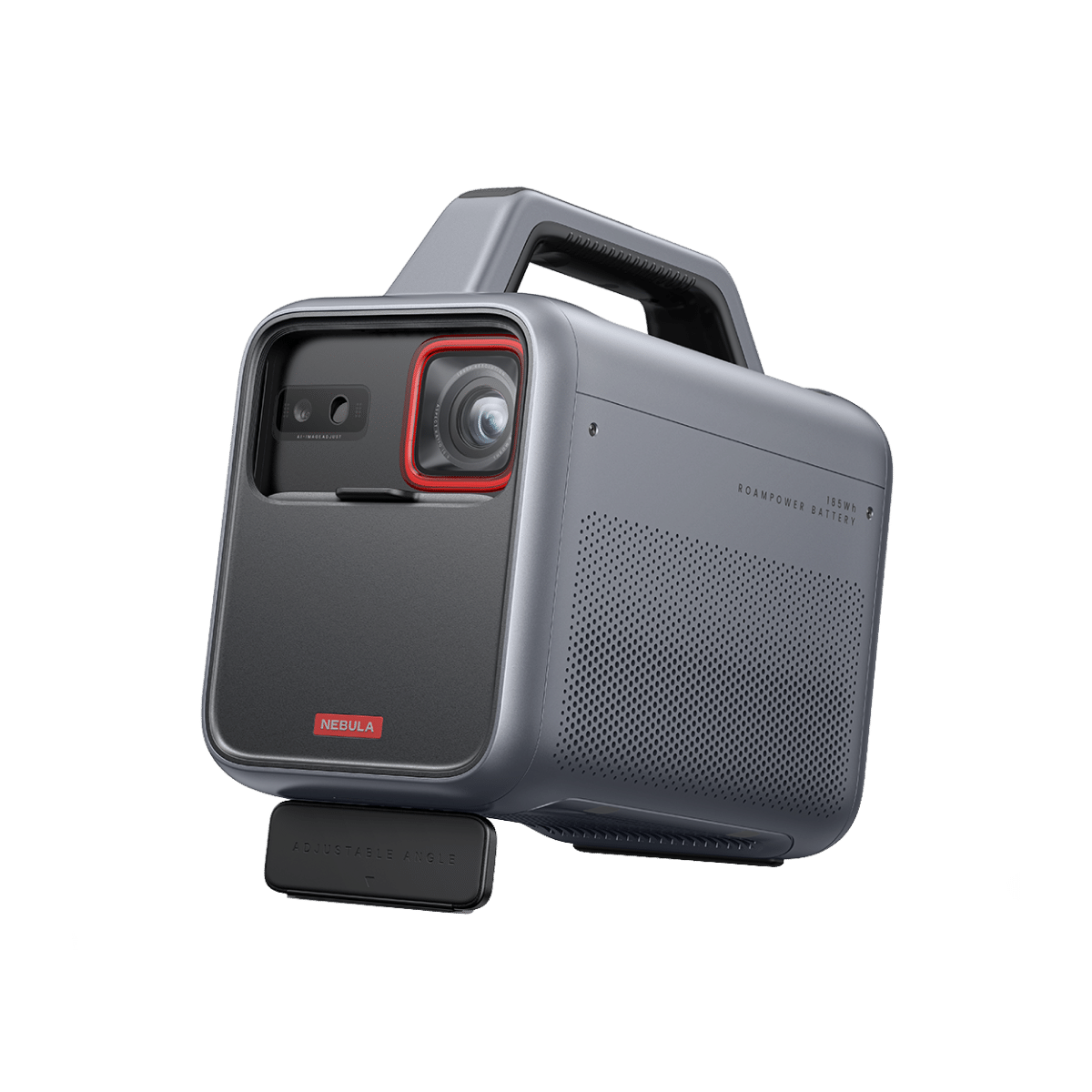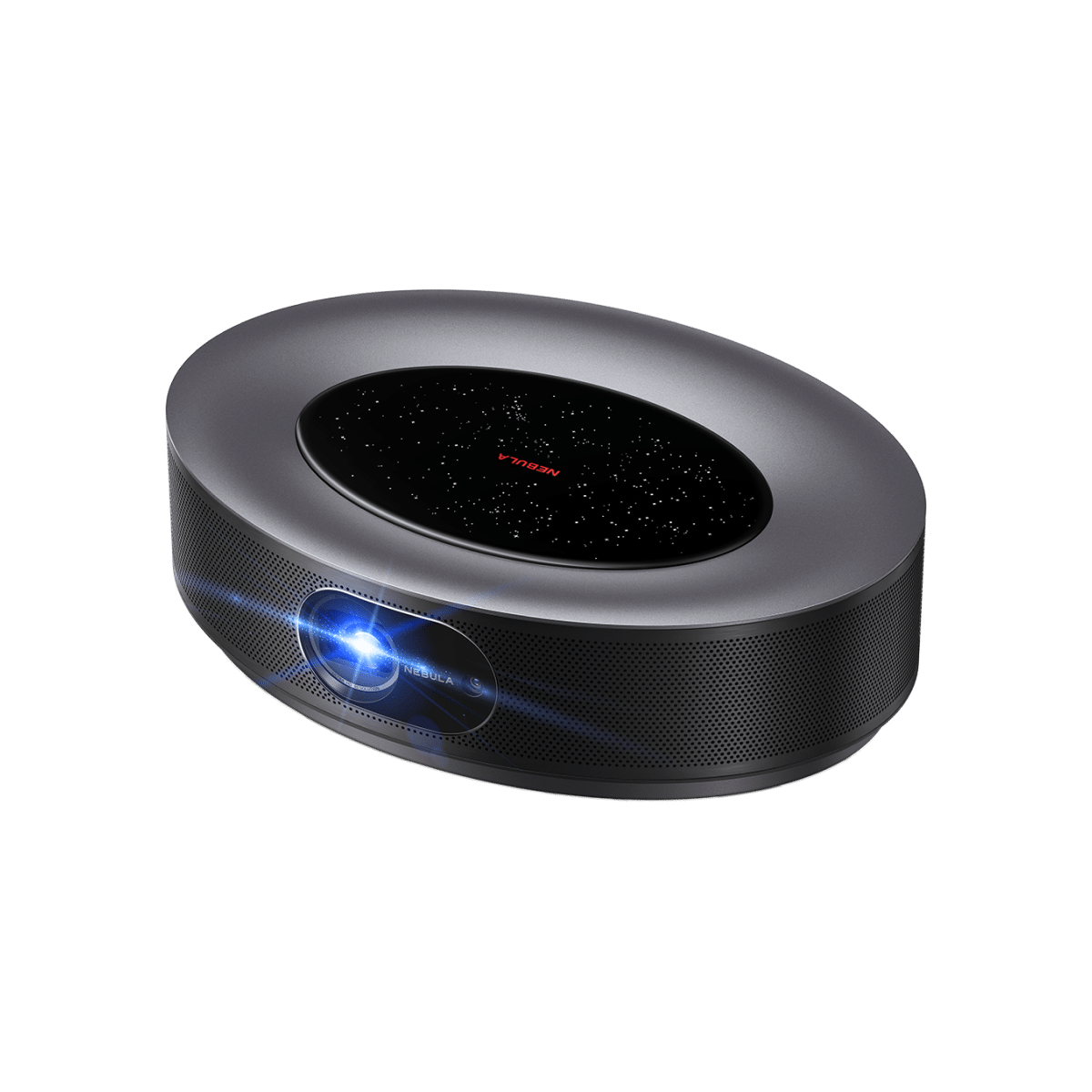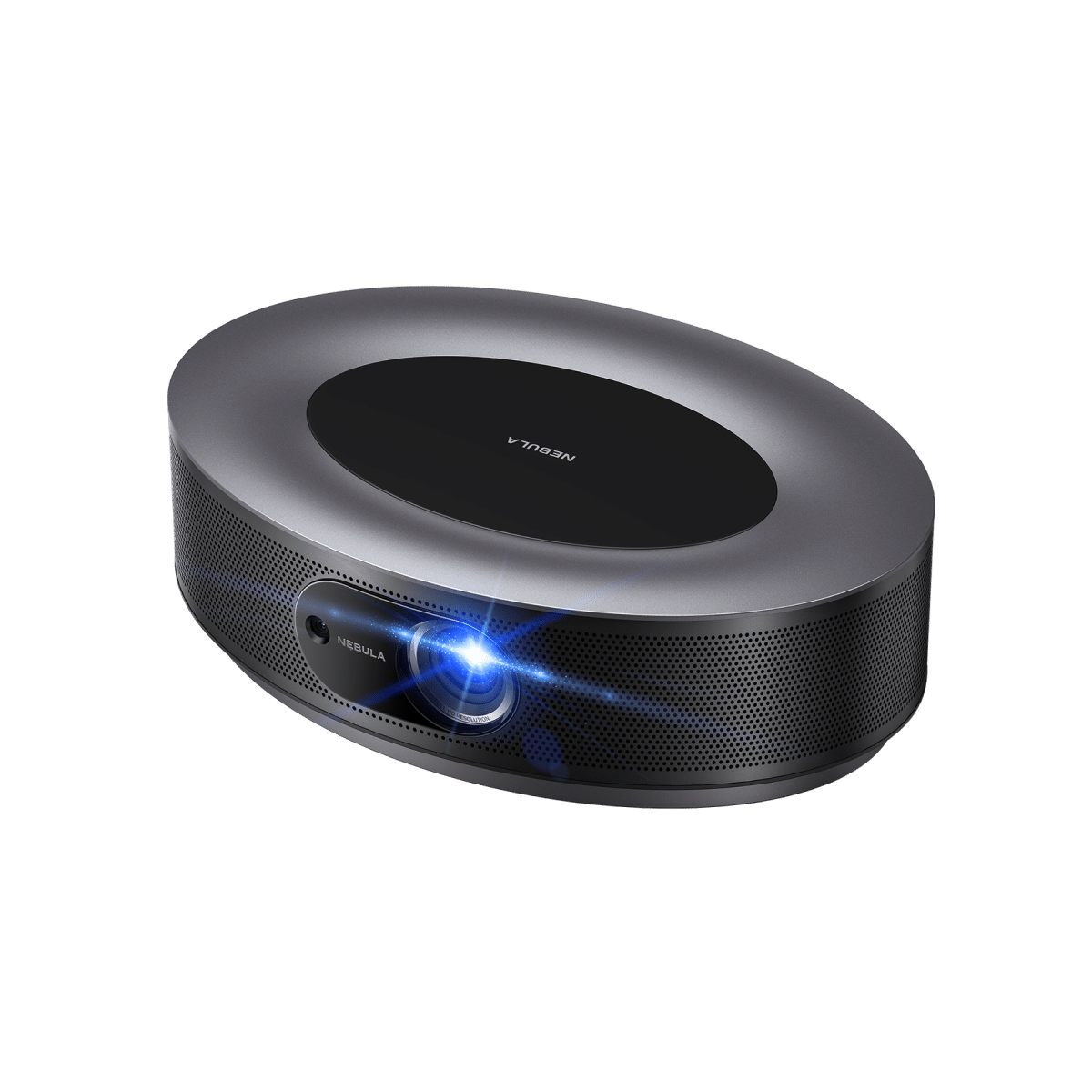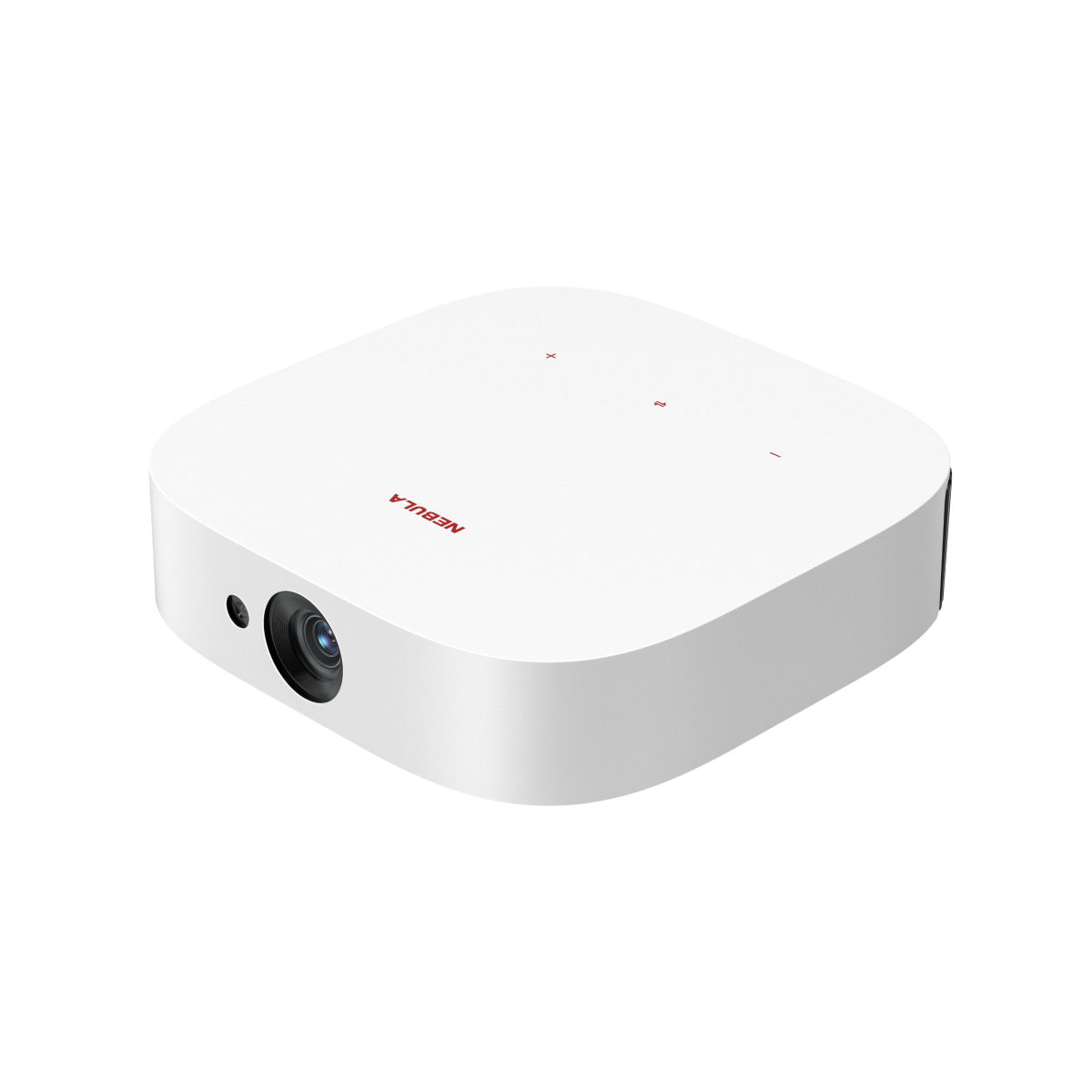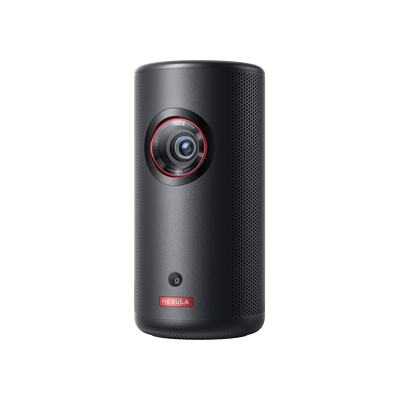When embarking on the journey of setting up your ideal home theater or crafting a professional presentation space, one of the pivotal decisions you'll encounter revolves around selecting the perfect projector screen size. The significance of this choice cannot be overstated, as the projector screen serves as the canvas upon which your visuals come to life, ultimately shaping your viewing or presentation experience.
Within the realm of projector screens, a diverse array of options awaits, each possessing its own distinct features and benefits, akin to a palette of choices for your artistic canvas. In the following section, we shall embark on an exploration of the multifaceted world of projector screens, delving into different types and styles that the market has to offer.

Types of Projector Screens
Fixed Frame Screens
Fixed frame screens are a popular choice for dedicated home theaters. They are permanently mounted to the wall, creating a sleek and seamless appearance. These screens provide excellent image quality and a flat surface for an immersive viewing experience.
Motorized Screens
Motorized projector screens offer convenience and elegance. They can be raised or lowered using a remote control or a wall switch. Motorized screens are ideal for multi-purpose rooms, as they can disappear when not in use, saving space.
Portable Screens
Portable screens are lightweight and easy to move, making them suitable for presentations on the go. They are often used in business settings and classrooms. These screens come in various sizes and are simple to set up and take down.
Manual Pull-Down Screens
Manual pull-down screens are cost-effective and user-friendly. They have a retractable design, allowing you to pull the screen down when needed and roll it back up when you're done. These screens are versatile and come in different aspect ratios.

Different Projector Screen Sizes
The projector screen dimensions play a significant role in your viewing experience. Here, we'll explore various projector screen sizes in diagonal measurements and provide a brief description of each:
1. Small Screens (Under 100 inches)
Small screens are suitable for smaller rooms and tight spaces. They are often used for gaming or as an additional display in a bedroom. While not ideal for large audiences, they offer a cozy viewing experience.
2. Medium Screens (100 to 120 inches)
Medium-sized screens are versatile home theater screen size and work well in living rooms or conference rooms. This can be the standard projector screen size for many. They provide a good balance between screen size and room space, accommodating a broader range of viewers.
3. Large Screens (Over 120 inches)
Large screens can create a cinematic experience and are perfect for dedicated home theaters. Large screens require ample wall or ceiling space for installation.
How to Measure and Select Your Projector Screen Size
Selecting the right projector screen size is essential for an optimal viewing experience. Follow this step-by-step process, along with a projector screen size calculator to learn how to measure projector screen size:
Step 1: Measure Your Wall
Measure the available wall space where you intend to install the projector screen. Note the width and height of the area.
Step 2: Determine Aspect Ratio
Choose the aspect ratio you prefer, typically 16:9 for widescreen content or 4:3 for standard content. Ensure that your projector is compatible with the chosen aspect ratio.
Step 3: Calculate Screen Size
Use an online projector size calculator, where you can calculate the projector screen size in feet or meters, to determine the width and height of the screen.
Step 4: Consider Viewing Distance
After you calculate projector screen size, next is the viewing range. Consider the distance between the screen and your seating area. The optimal viewing distance is typically 1.5 to 2.5 times the screen width.
Step 5: Compare Options
Compare your calculated screen size with the available screen sizes in the market. Choose the one that best fits your room and viewing preferences.

Screen Height by Ratio
To ascertain the correct screen height for various aspect ratios, you can utilize the following recommendations so you can decide the answer as to what size projector screen do I need:
- 4:3 Video (General Use):When watching movies or TV shows in larger venues, aim for a screen height that equals at least 1/6th of the distance from the screen to the farthest chair. This ensures an adequate viewing experience.
- 4:3 Video in a Boardroom or Classroom:In scenarios where smaller images or charts are frequently displayed, you can employ a similar formula but raise the screen height to 1/4th of the distance to the farthest chair. This guarantees clear visibility for all viewers and another best projector screen size for everybody.
- HDTV (16:9) and Widescreen (16:10):For these widescreen formats, consider a slightly taller screen height, approximately one-third of the distance from the screen to the optimal seating position. This aligns with the preferences of most viewers for these formats.
- Cinema Video (2.35:1):Despite its aspect ratio resembling traditional video, you can still apply the one-third measurement for screen height. However, keep in mind that cinema viewing can be influenced by personal preferences, and some individuals may find a 1/4 distance more visually appealing.
Conclusion
Selecting the right projector screen size is a crucial step in creating an enjoyable viewing or presentation space. Consider the type of screen that suits your needs and follow the measurement process to ensure a perfect fit. With the right projector screen, you can enhance your entertainment or professional presentations significantly.
Frequently Asked Questions
Do You Need a Screen for a Projector?
While it's possible to project an image onto a blank wall, using a projector screen provides several advantages. Screens offer better image quality, sharper focus, and improved color accuracy. They also help in controlling ambient light for a superior viewing experience.
How Much Should I Spend on the Projector Screen?
The cost of a projector screen can vary widely depending on its type, size, and features. Portable screens are typically more affordable, while motorized and fixed frame screens can be more expensive. Consider your budget and requirements when choosing a screen.
Is a 120 Inch Projector Screen Big Enough?
A 120-inch projector screen is considered large and suitable for most home theaters and conference rooms. However, the ideal screen size depends on your room dimensions and seating arrangement. It's essential to measure and calculate the right size for your specific space.
